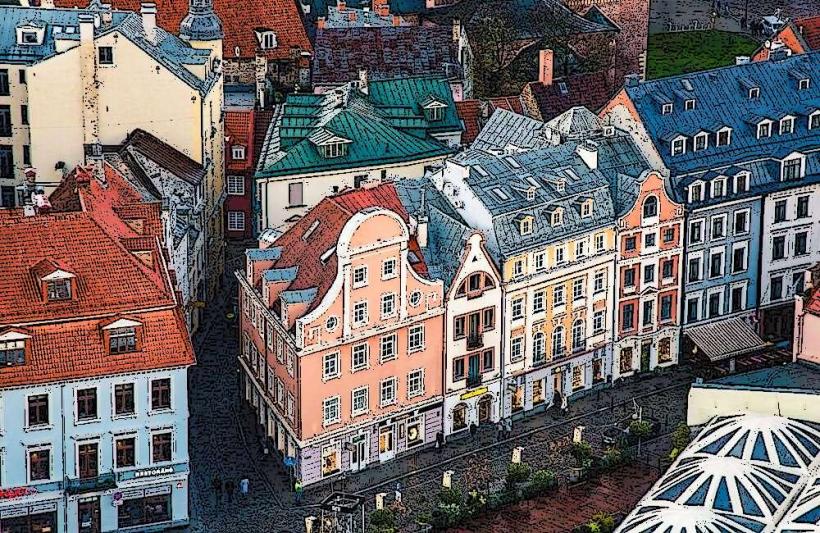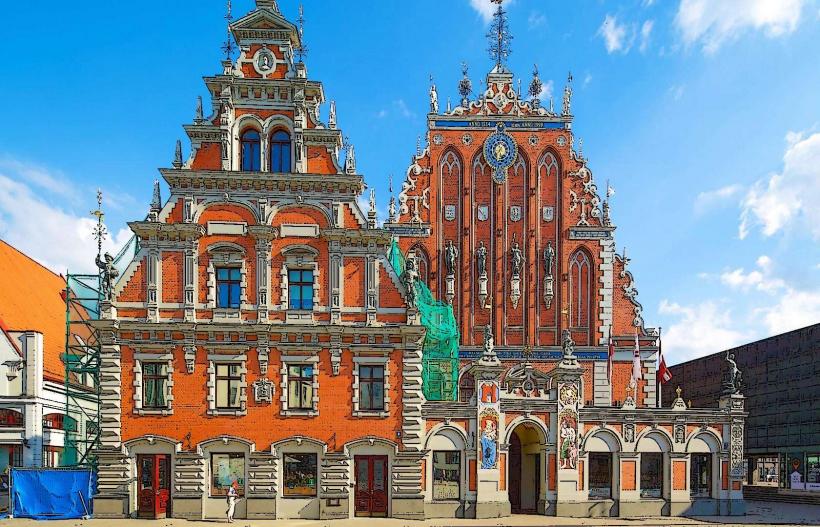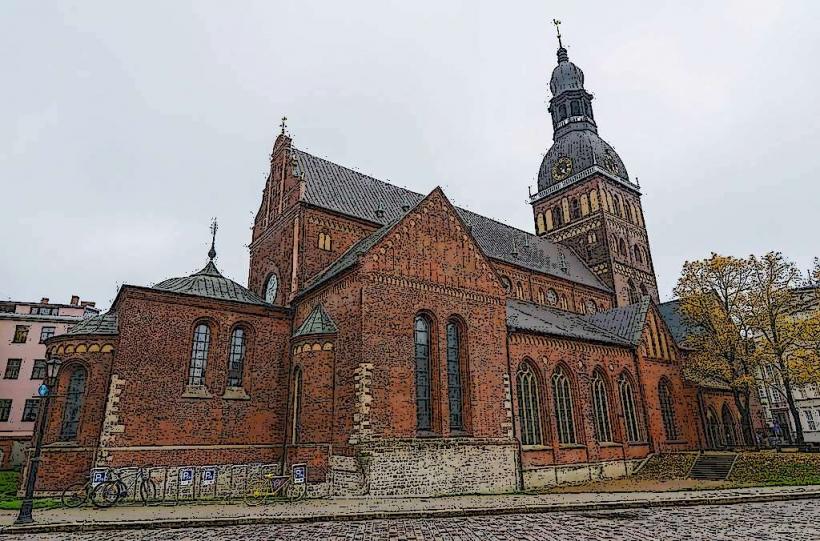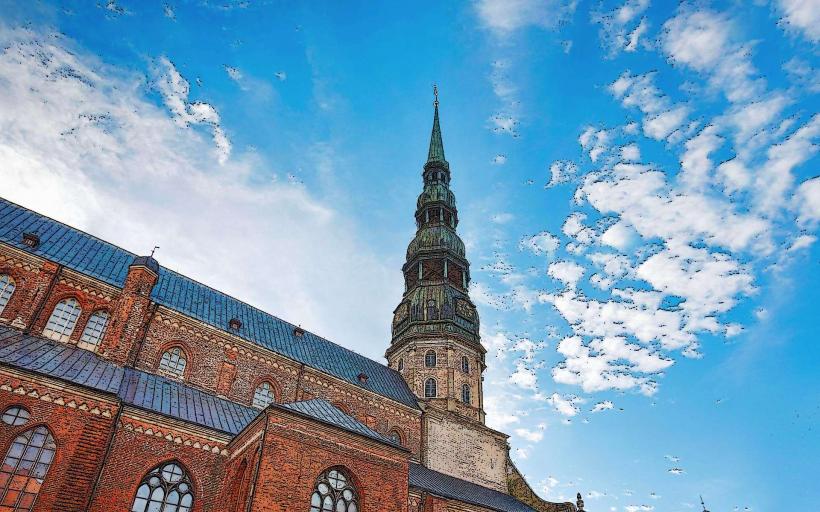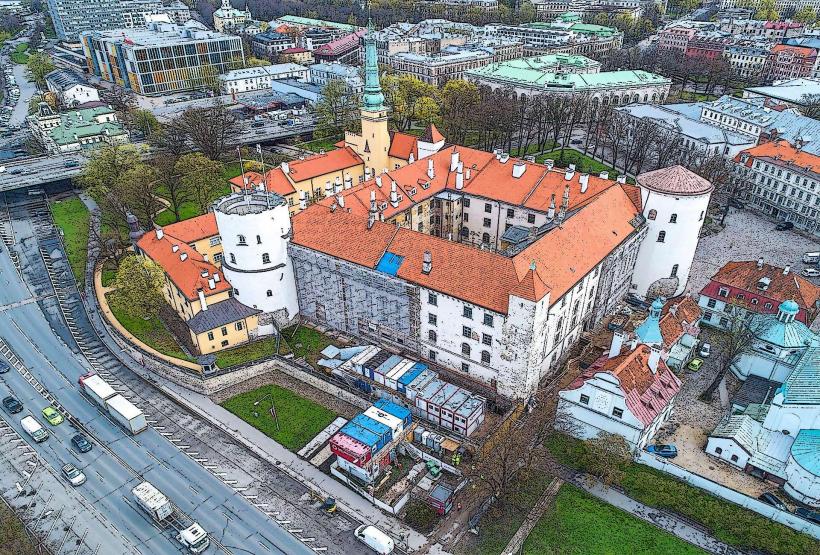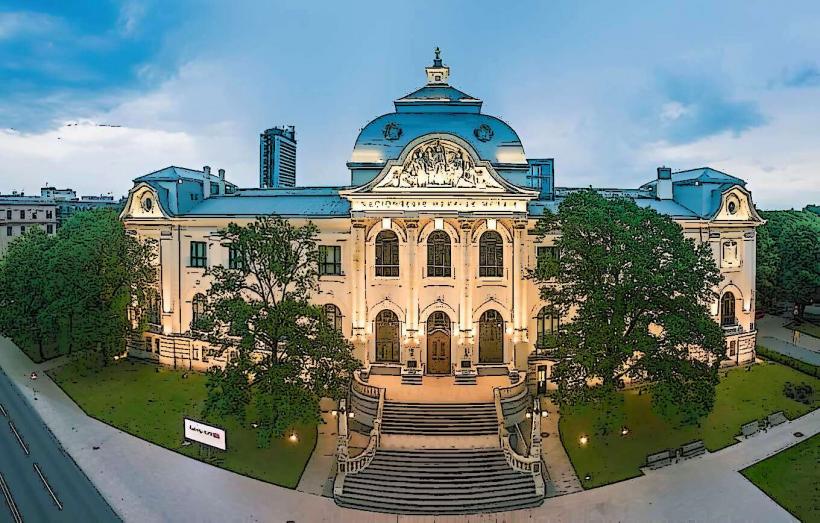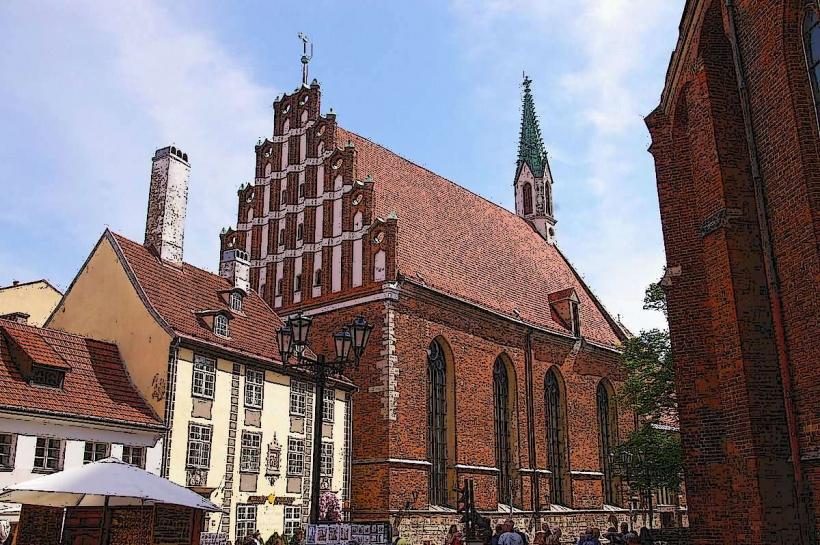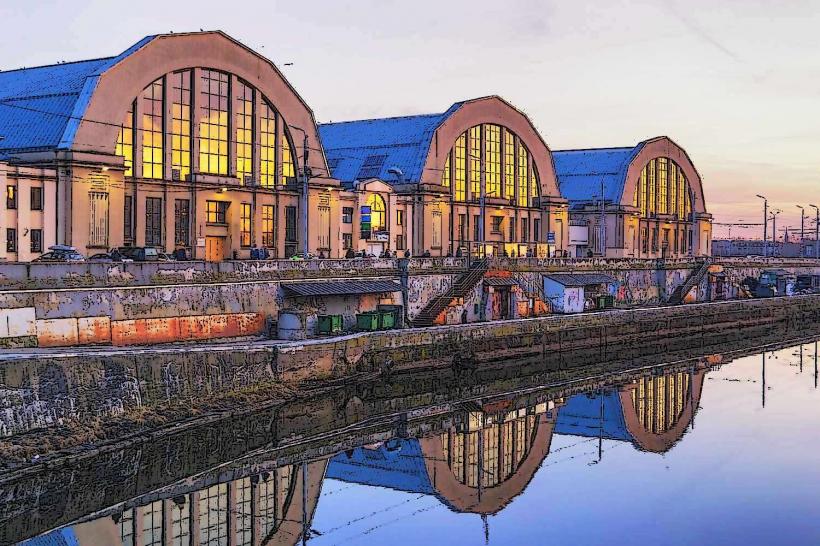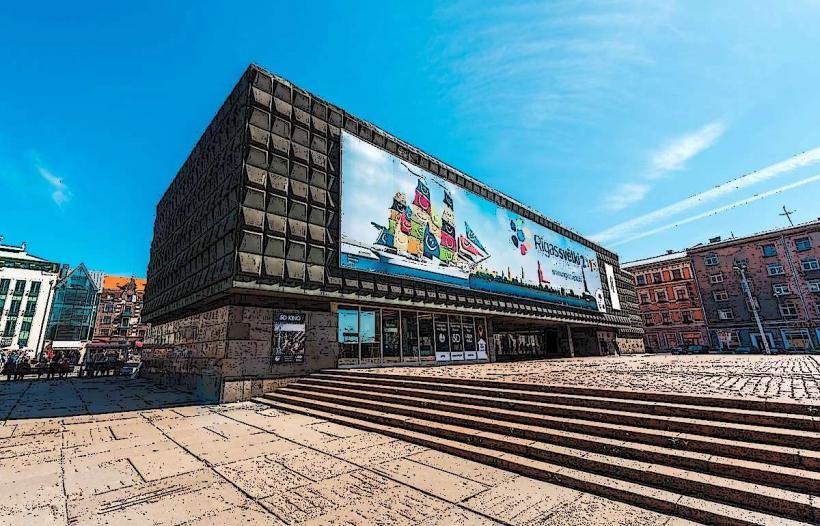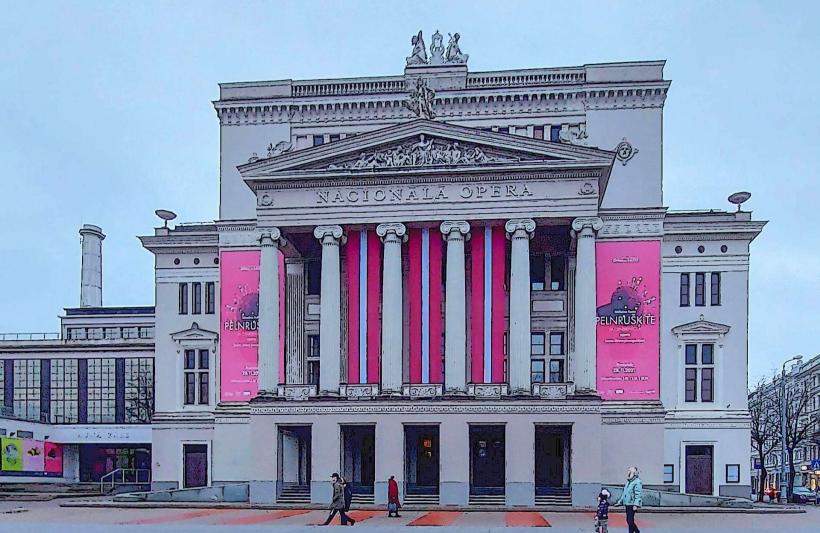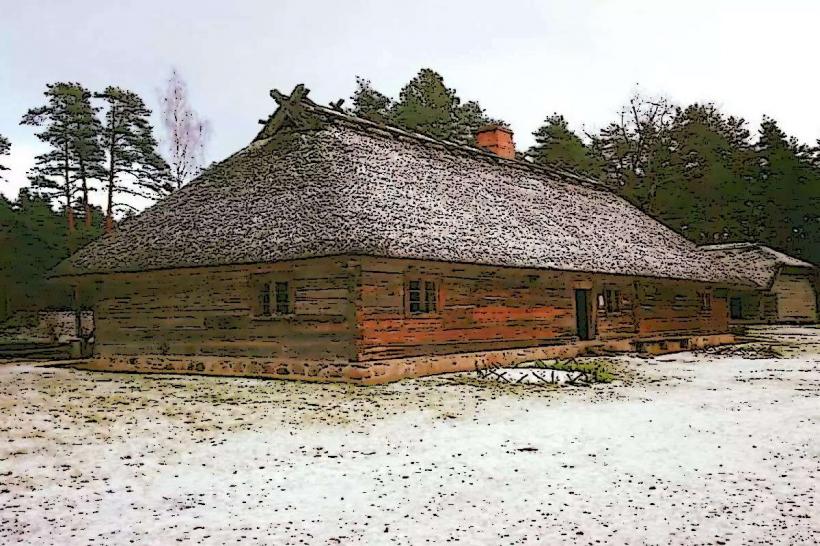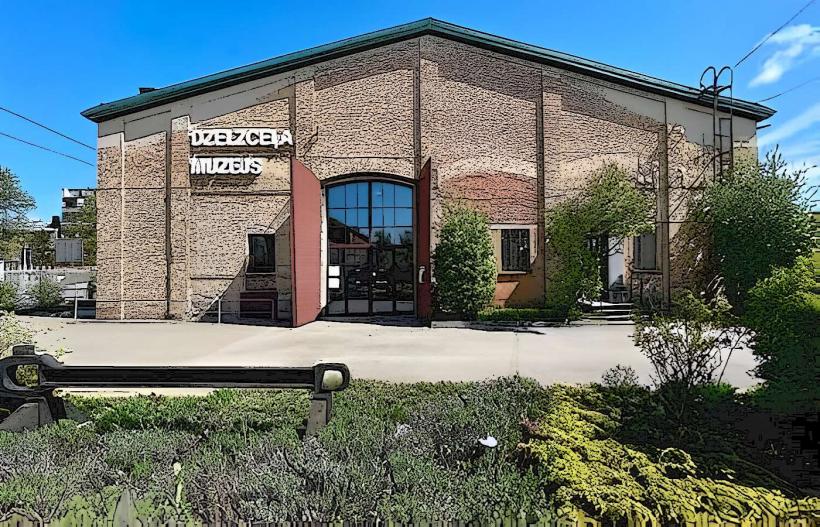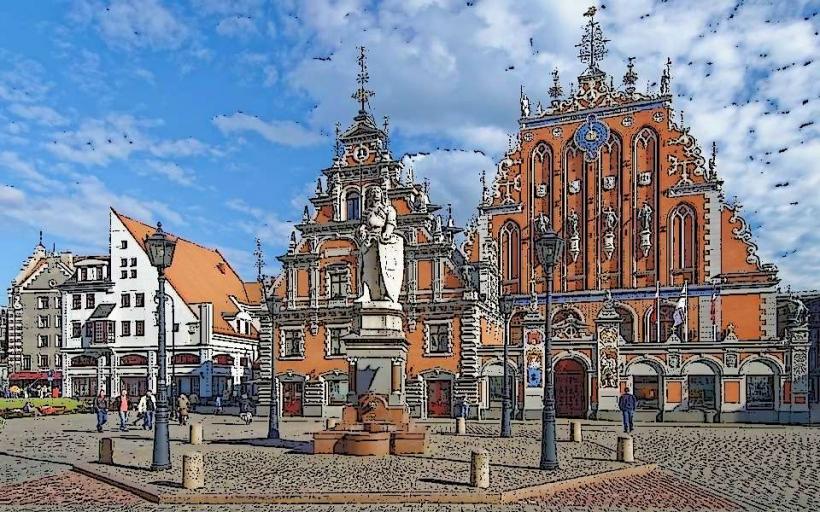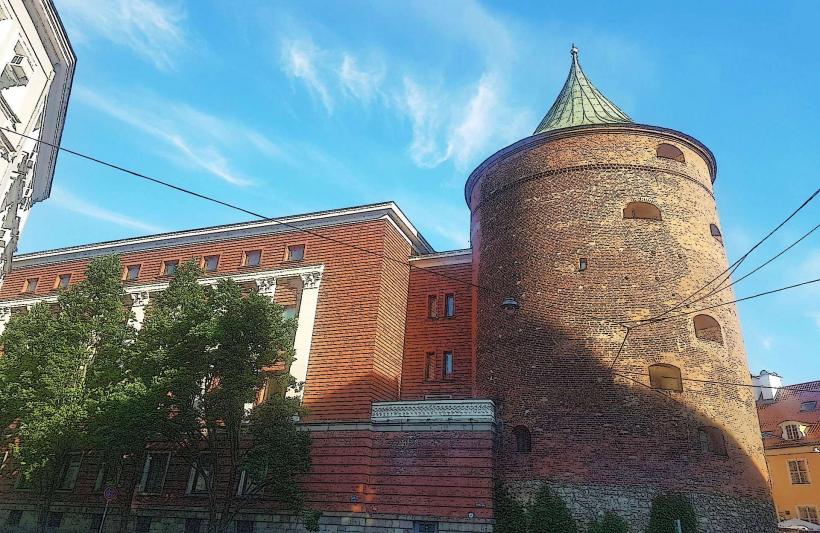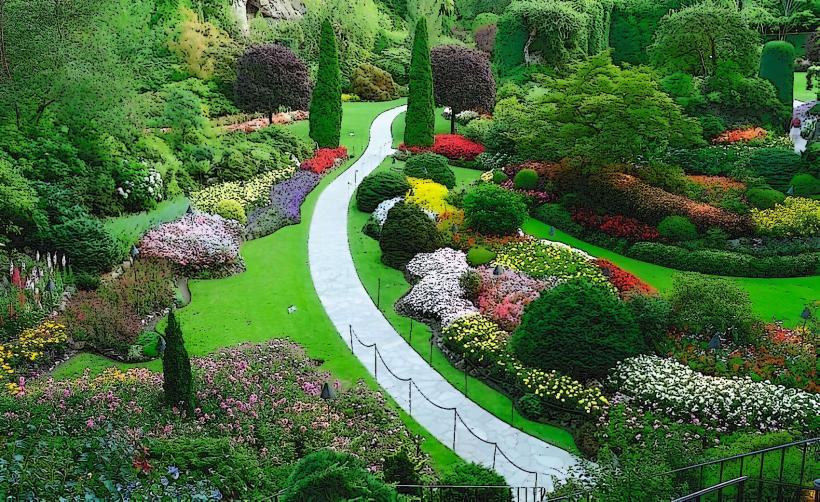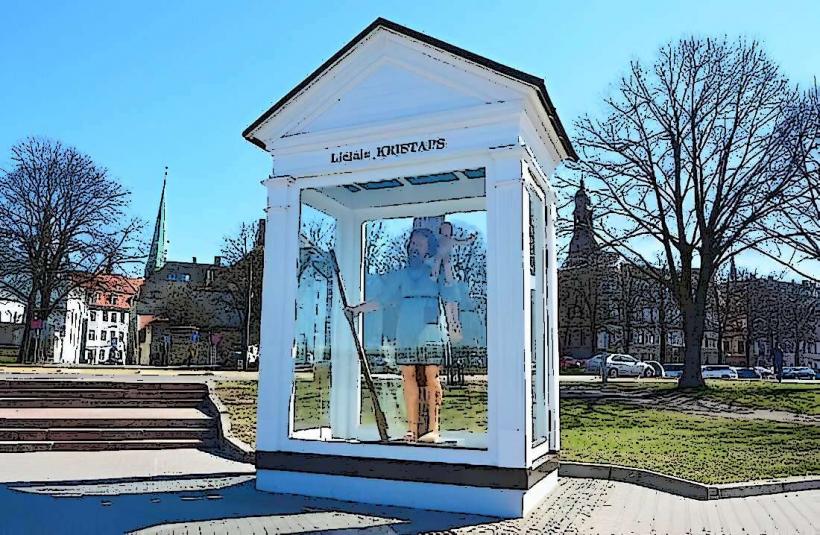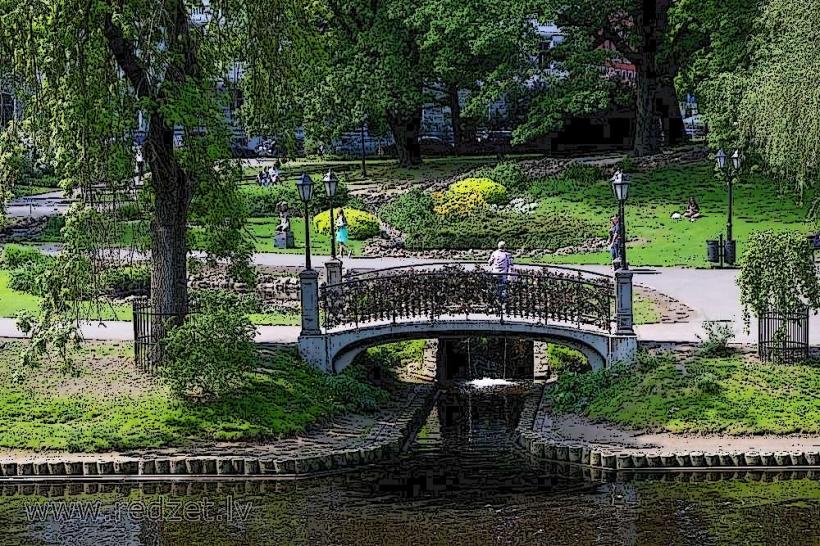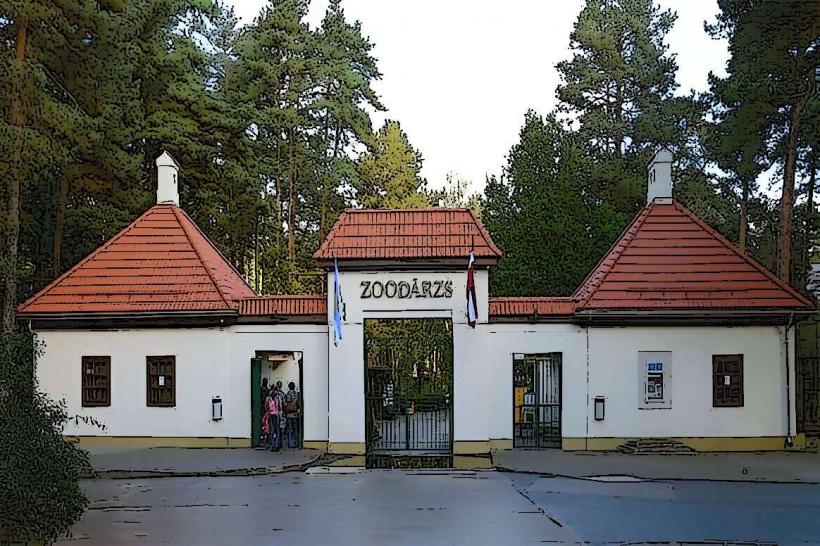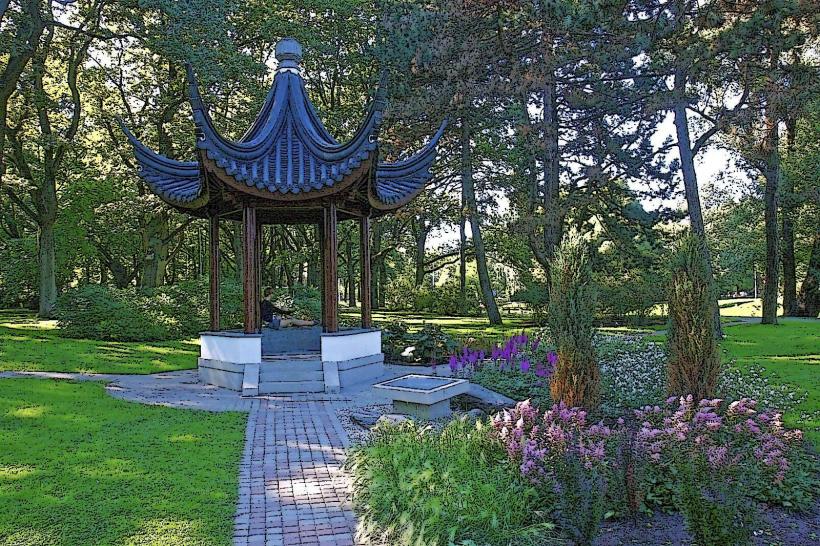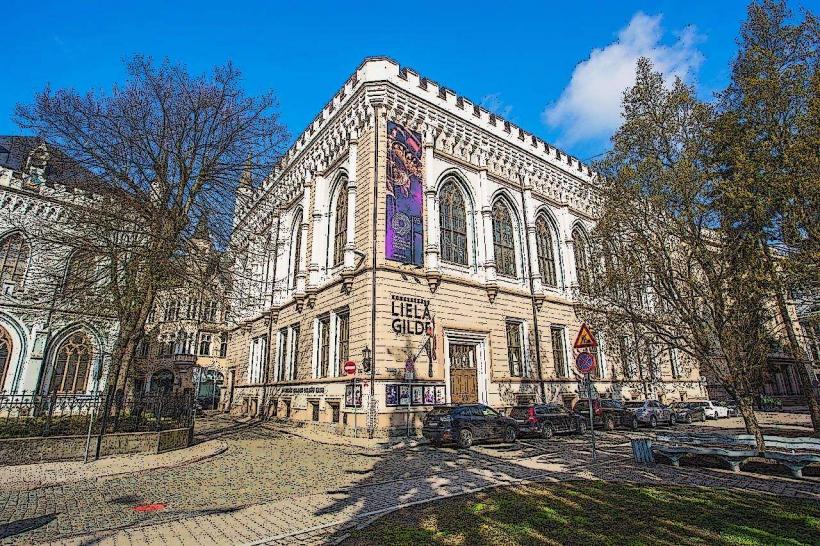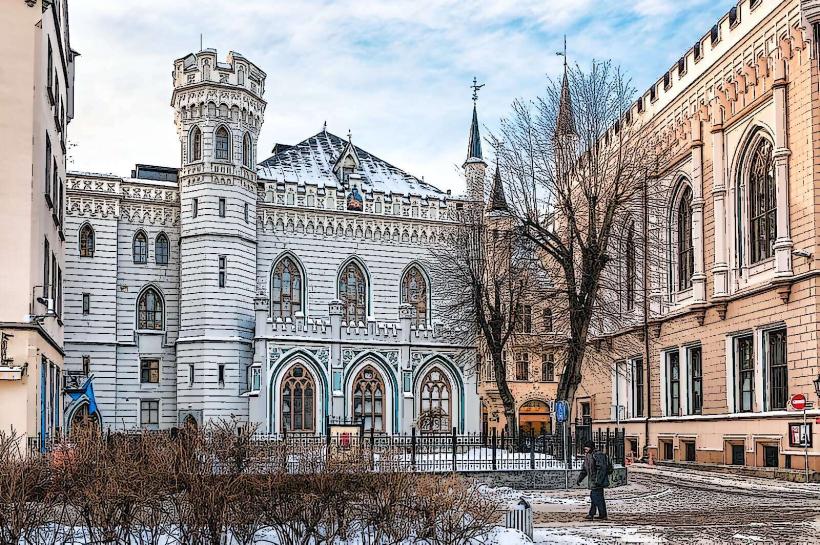Information
Landmark: Freedom MonumentCity: Riga
Country: Latvia
Continent: Europe
The Freedom Monument (Brīvības piemineklis) in Riga is one of Latvia’s most important symbols of national independence and pride. Located in the city center, it stands as a tribute to the Latvian struggle for freedom and is a focal point of both historical and cultural significance.
1. Historical Overview:
Construction:
The monument was unveiled on November 18, 1935, on Latvia's Independence Day. It was funded entirely by public donations, underscoring its importance to the Latvian people.
Purpose:
The Freedom Monument commemorates those who fought in the Latvian War of Independence (1918–1920), a conflict that secured the country’s sovereignty following the end of World War I and the collapse of the Russian Empire.
Soviet Era:
During Latvia's occupation by the Soviet Union, the monument narrowly escaped destruction. Instead, it was reinterpreted as a symbol of Soviet ideology. However, Latvians continued to regard it as a symbol of their national identity and resistance.
Restoration of Independence:
After Latvia regained its independence in 1991, the Freedom Monument once again became a central symbol of the nation’s sovereignty and democratic ideals.
2. Design and Symbolism:
Architect and Sculptor:
The monument was designed by Latvian architect Ernests Štālbergs and sculptor Kārlis Zāle, both prominent figures in Latvian art and architecture.
Height:
The structure is 42 meters tall, with the statue of Liberty at the top making it one of the tallest monuments in the region.
Materials:
The monument is made of granite, travertine, and copper, symbolizing durability and strength.
Statue of Liberty:
Atop the column stands the Statue of Liberty, a copper figure of a woman holding three gilded stars above her head. These stars represent the three historical regions of Latvia: Kurzeme, Vidzeme, and Latgale.
Bas-reliefs:
The base of the monument features multiple sculptural groups and bas-reliefs that depict scenes from Latvian history, folklore, and daily life, including:
- Warriors fighting for freedom.
- A mother protecting her children.
- Farmers and workers symbolizing the strength of the Latvian people.
3. Location and Surroundings:
- The Freedom Monument is situated in the Bastejkalns Park, at the intersection of the Old Town and the modern city center.
- It is a prominent stop for walking tours and is close to other major landmarks, such as the Latvian National Opera and the Art Nouveau District.
4. Cultural Significance:
- Symbol of Freedom:
The Freedom Monument is widely regarded as a symbol of Latvia’s enduring fight for independence and self-determination. - Gathering Place:
The area around the monument is a popular site for national celebrations, protests, and public gatherings. Annually on November 18, Latvians gather here to celebrate Independence Day. - Changing of the Guard:
A ceremonial changing of the guard takes place at the monument, highlighting its continued role in Latvian national pride.
5. Visiting Information:
- Accessibility:
The monument is located in a pedestrian-friendly area and is easily accessible on foot or by public transport. - Best Times to Visit:
The Freedom Monument is an outdoor landmark open year-round. It is especially striking during national celebrations when it is often illuminated with lights or adorned with flowers.
6. Legacy and Preservation:
- The Freedom Monument is not just a historical site but a living symbol of Latvian identity. Efforts have been made to preserve it through regular maintenance and restoration projects.
Conclusion:
The Freedom Monument is more than a striking architectural piece; it is a powerful emblem of Latvia's history, independence, and unity. For Latvians, it embodies the spirit of their nation, and for visitors, it offers an opportunity to connect with Latvia's rich cultural and historical heritage.

